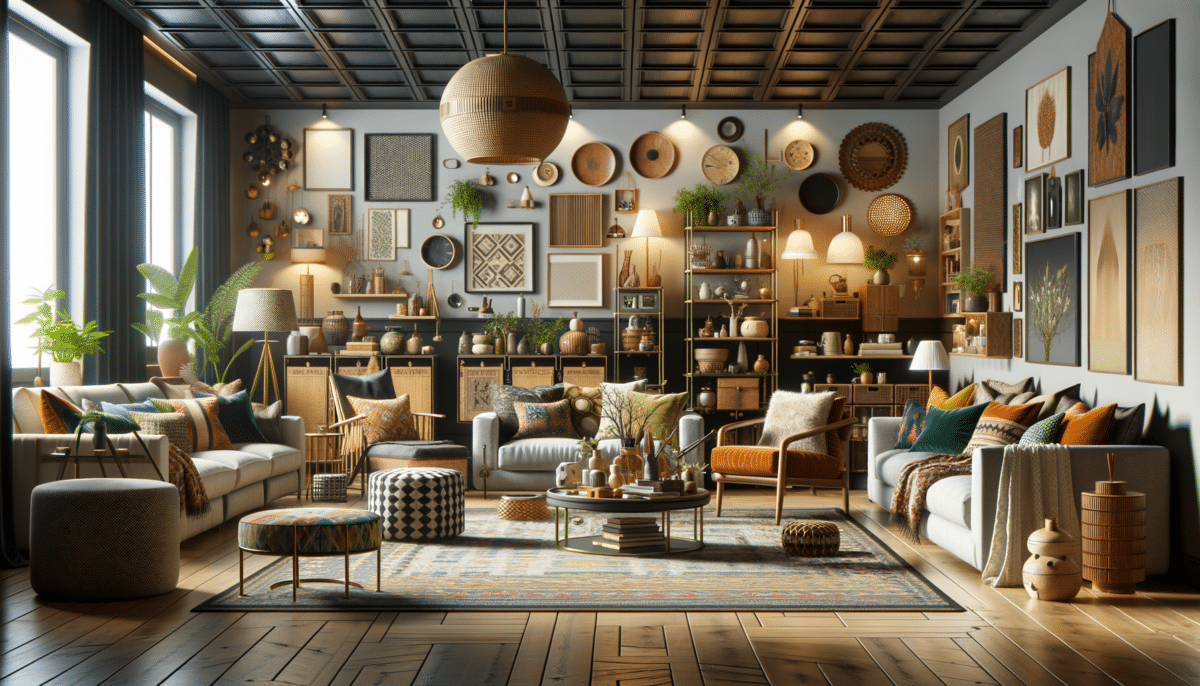Introduction to Furniture: The Heart of Every Home
Furniture plays a pivotal role in our daily lives, transforming spaces into functional and aesthetically pleasing environments. Whether it’s the cozy comfort of a living room sofa or the sturdy utility of a dining table, furniture is integral to our home experience. Understanding the importance of furniture goes beyond its basic functionality; it speaks to our personal style, influences our comfort, and even affects our productivity. In this article, we delve into the multifaceted world of furniture, exploring its history, materials, design trends, and the impact of sustainable practices.
The Evolution of Furniture: From Antiquity to Modernity
Furniture has a rich history that dates back to ancient civilizations. Early furniture pieces were primarily functional, crafted from available materials such as stone, wood, and animal hides. As societies evolved, so did furniture design, reflecting cultural shifts and technological advancements. The Renaissance period, for instance, saw furniture become more ornate and symbolic of wealth and status, with intricate carvings and luxurious materials.
In the modern era, the Industrial Revolution marked a significant turning point. Mass production techniques allowed for the creation of affordable furniture, making it accessible to a broader audience. Today, furniture design continues to evolve, blending traditional craftsmanship with cutting-edge technology. The rise of minimalist and multifunctional furniture reflects contemporary lifestyles that prioritize space efficiency and versatility.
- Ancient furniture: Primarily functional, made from natural materials.
- Renaissance furniture: Ornate designs, symbols of wealth.
- Modern furniture: Mass-produced, diverse styles and materials.
Materials Matter: Choosing the Right Furniture for Your Home
The choice of materials in furniture construction significantly impacts its durability, appearance, and environmental footprint. Common materials include wood, metal, plastic, and upholstery fabrics, each offering distinct advantages and challenges. Wooden furniture, for example, is prized for its timeless beauty and strength, but it requires careful maintenance to prevent damage from moisture and pests.
Metal furniture, often used for its sleek and modern appeal, is durable and easy to clean, but it can be prone to rust if not properly treated. Plastic furniture is lightweight and affordable, making it a popular choice for outdoor settings, although it may not offer the same longevity as other materials. Upholstered furniture provides comfort and style, with a wide range of fabrics to choose from, but it may require regular cleaning to maintain its appearance.
- Wood: Durable and beautiful, requires maintenance.
- Metal: Modern and durable, needs rust prevention.
- Plastic: Affordable and lightweight, less durable.
- Upholstery: Comfortable and stylish, needs cleaning.
Design Trends: What’s Shaping the Future of Furniture?
Furniture design is constantly evolving, influenced by changing lifestyles, technological advancements, and environmental considerations. Current trends emphasize sustainability, with a focus on eco-friendly materials and production methods. Reclaimed wood, bamboo, and recycled metals are gaining popularity as consumers become more environmentally conscious.
Another significant trend is the rise of smart furniture, integrating technology to enhance functionality. From adjustable ergonomic chairs to coffee tables with built-in charging stations, smart furniture caters to the needs of tech-savvy individuals seeking convenience and efficiency. Additionally, the minimalist aesthetic continues to dominate, with clean lines and neutral palettes creating serene and clutter-free spaces.
- Sustainable materials: Reclaimed wood, bamboo, recycled metals.
- Smart furniture: Technology-integrated designs.
- Minimalist design: Clean lines, neutral colors.
The Impact of Sustainable Practices in Furniture Manufacturing
Sustainability in furniture manufacturing is becoming increasingly important as consumers and companies alike recognize the need to reduce environmental impact. Sustainable practices include using responsibly sourced materials, minimizing waste during production, and designing for longevity and recyclability. These practices not only benefit the environment but also appeal to eco-conscious consumers looking for furniture that aligns with their values.
Many manufacturers are adopting circular economy principles, where furniture is designed to be easily disassembled and recycled at the end of its life cycle. This approach reduces landfill waste and conserves resources by keeping materials in use for as long as possible. Additionally, some companies are exploring innovative materials, such as biodegradable plastics and plant-based composites, to further enhance sustainability.
- Responsible sourcing: Using eco-friendly materials.
- Waste reduction: Efficient production processes.
- Circular economy: Designing for recyclability.
- Innovative materials: Biodegradable and plant-based options.
Conclusion: Embracing the Future of Furniture
As we navigate the ever-changing landscape of furniture design and manufacturing, it becomes clear that the future lies in innovation and sustainability. By embracing new materials, technologies, and design philosophies, the furniture industry can continue to evolve and meet the needs of modern consumers. Whether you’re furnishing a new home or refreshing an existing space, understanding the trends and choices available can help you make informed decisions that reflect your personal style and values.
Furniture is more than just functional; it’s an expression of who we are and how we live. By choosing pieces that align with sustainable practices and modern design trends, you can create a home that is not only beautiful and comfortable but also environmentally responsible. As we look to the future, the possibilities for furniture are limitless, offering exciting opportunities to transform our living spaces in meaningful ways.
